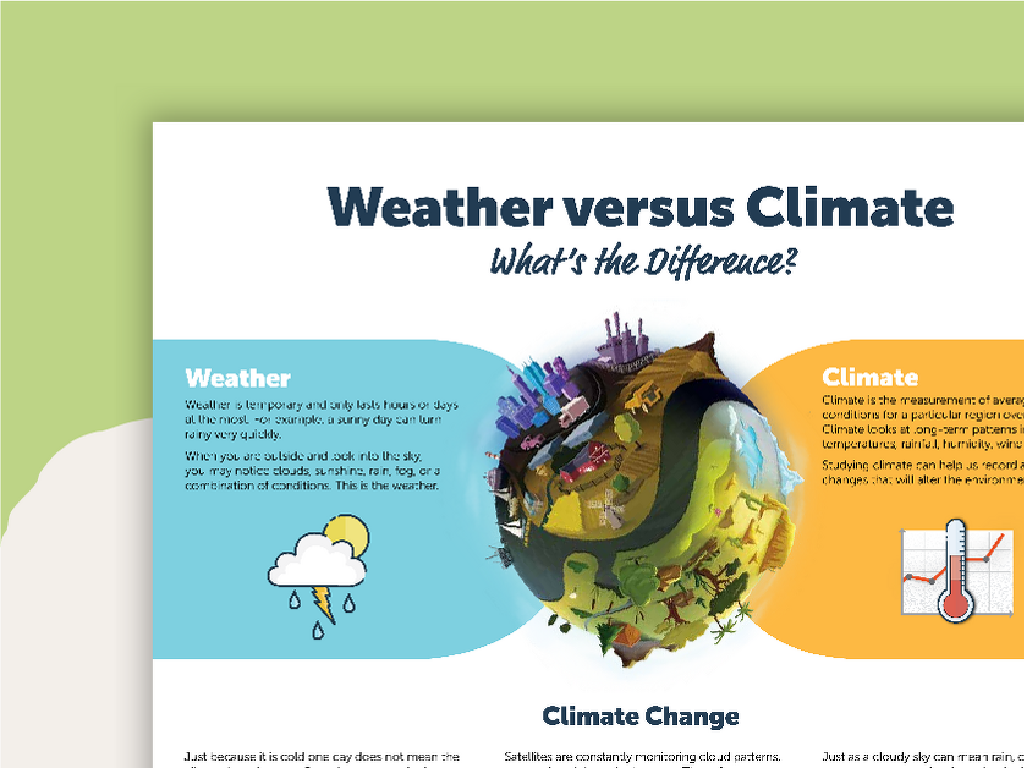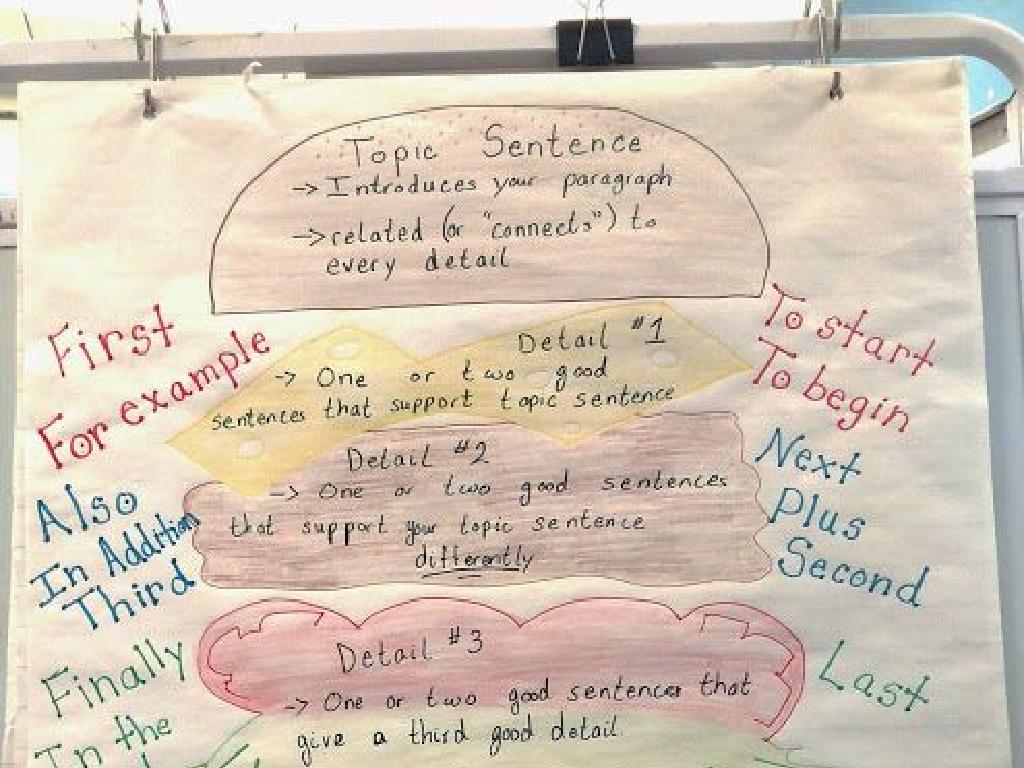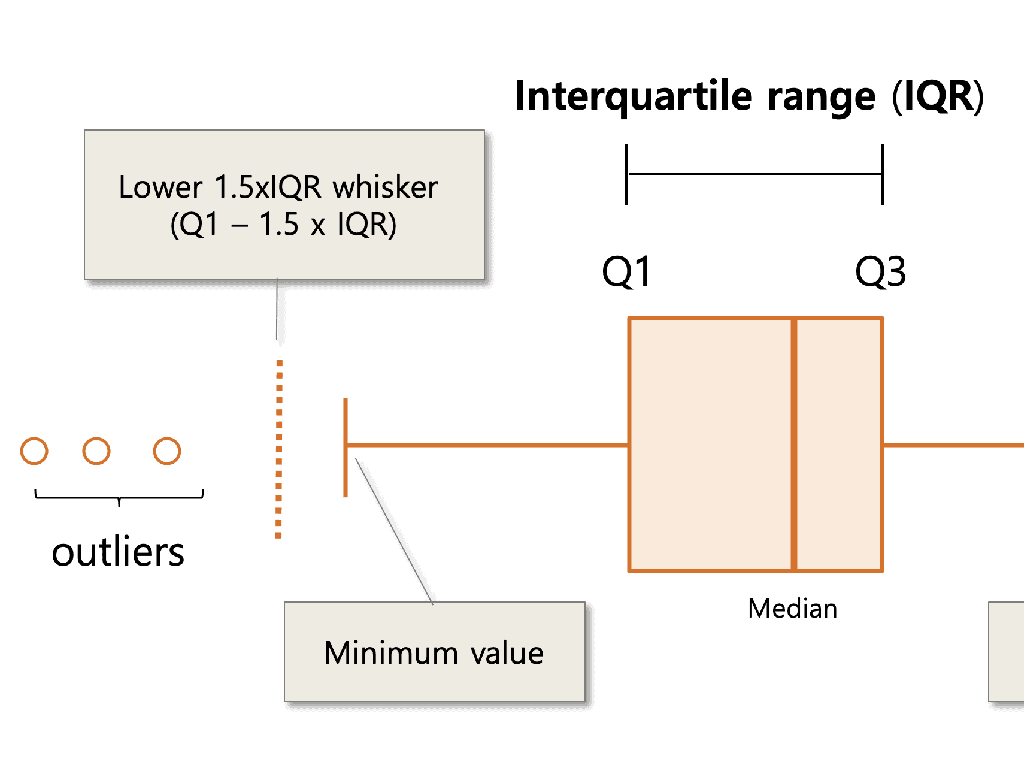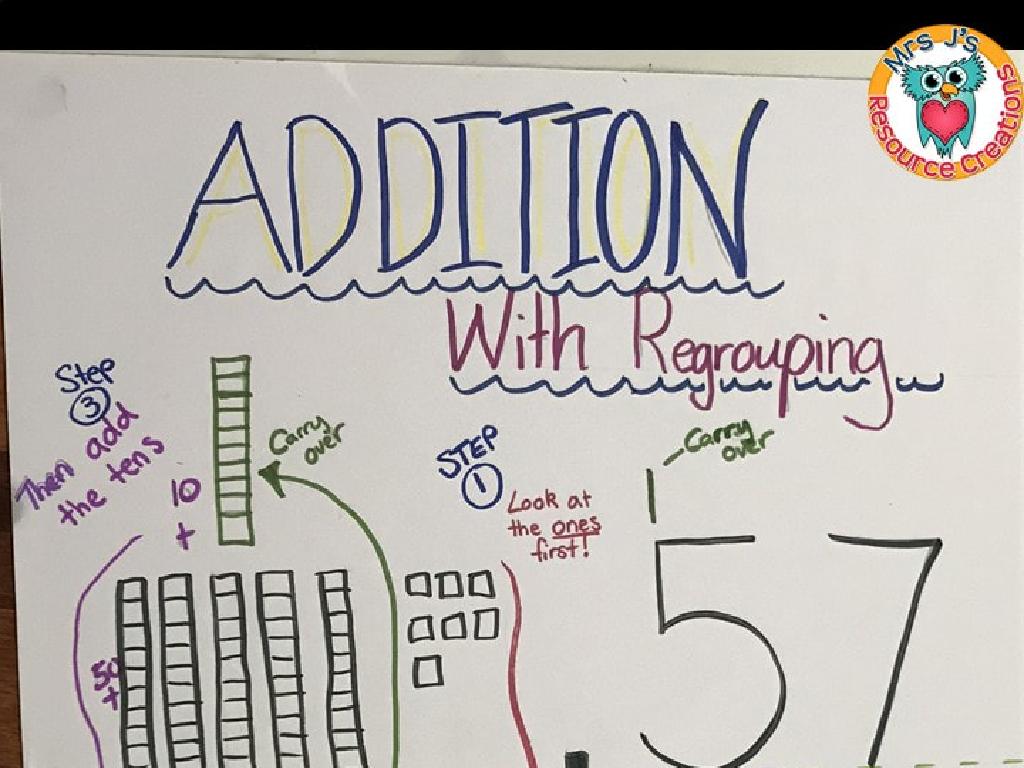Identify Rocks And Minerals
Subject: Science
Grade: Seventh grade
Topic: Rocks
Please LOG IN to download the presentation. Access is available to registered users only.
View More Content
Introduction to Rocks and Minerals
– Earth’s crust composition
– The crust is made of various rocks and minerals.
– Rocks vs. Minerals
– Rocks are made of minerals, minerals are pure substances.
– Significance of Rocks and Minerals
– They form the basis of our environment and are used in everyday life.
– Exploring common examples
– Granite, quartz, diamond, and limestone are a few examples.
|
This slide introduces students to the fundamental concepts of geology, focusing on the composition of the Earth’s crust and the distinction between rocks and minerals. Emphasize that the crust is a layer of solid rock that includes both igneous, metamorphic, and sedimentary rocks. Clarify that rocks are aggregates of minerals, which are naturally occurring, inorganic solids with a definite chemical composition and crystal structure. Discuss the importance of rocks and minerals in our daily lives, from construction materials to electronics. Provide common examples of rocks and minerals to help students relate to the topic. Encourage them to observe their surroundings and identify items that might contain minerals or be made of rock.
Exploring Minerals
– Definition of minerals
– Naturally occurring, inorganic, crystalline solids
– Common minerals examples
– Quartz, feldspar, mica, and calcite
– Mineral properties
– Color, streak, and hardness are key traits
– Testing mineral properties
– How to observe color, test streak, and measure hardness
|
This slide introduces the concept of minerals to the students, emphasizing their natural, inorganic, and crystalline nature. Provide examples of common minerals that students might be familiar with, such as quartz and calcite. Discuss the properties that help identify minerals, including color, streak (the color of the mineral when it is powdered), and hardness (resistance to being scratched). Teach students how to test these properties using simple methods: observing color with the naked eye, using a streak plate to test streak, and comparing hardness with objects of known hardness like fingernails, coins, or glass. Encourage students to bring in samples for hands-on identification if possible.
Types of Rocks: A Geological Journey
– Igneous Rocks: Earth’s Fireworks
– Formed from cooled magma or lava, e.g., basalt, granite.
– Sedimentary Rocks: Time’s Storybook
– Created from sediment layers compacted over time, e.g., limestone, sandstone.
– Metamorphic Rocks: Power of Transformation
– Altered by intense heat and pressure, e.g., marble, slate.
|
This slide introduces students to the three main categories of rocks and the processes of their formation. Igneous rocks are born from the cooling and solidification of magma or lava, with examples like basalt and granite showcasing their variety. Sedimentary rocks tell the history of the Earth through the accumulation and compaction of sediment layers, with limestone and sandstone as key examples. Metamorphic rocks are the result of existing rocks transformed by extreme heat and pressure, leading to new minerals and textures, as seen in marble and slate. Encourage students to think about how these processes reflect the dynamic nature of our planet. Provide samples or images of each rock type to enhance visual understanding.
The Rock Cycle: Transformation of Rocks
– Overview of the rock cycle
– Rocks constantly change from one type to another and repeat.
– Processes driving the cycle
– Heat, pressure, cooling, and weathering transform rocks.
– Rock transformation examples
– Igneous to sedimentary: cooling lava forms igneous rocks, which break down into sediment.
– Significance of the rock cycle
– Understanding the cycle helps us learn about Earth’s history and resource distribution.
|
This slide introduces the concept of the rock cycle, a fundamental geological process illustrating how rocks are transformed over time. Students should understand that the rock cycle is a continuous process driven by natural forces such as heat from the Earth’s core, pressure from overlying rocks, cooling that occurs on or beneath the Earth’s surface, and weathering caused by wind or water. Provide examples of how rocks can change forms, such as igneous rocks forming from cooled lava and then breaking down into sediment to become sedimentary rocks. Emphasize the importance of the rock cycle in understanding the Earth’s history, the formation of various landscapes, and the distribution of natural resources. Encourage students to think of questions about how different types of rocks in their local area might have formed.
Identifying Rocks and Minerals
– Tools for rock identification
– Use a hardness scale and streak plate
– Hands-on identification techniques
– Observe texture, luster, and density
– Conducting a scratch test
– Scratch test determines mineral hardness
– Understanding Mohs Hardness Scale
– Mohs scale ranks minerals from 1 (soft) to 10 (hard)
|
This slide introduces students to the basic tools and techniques for identifying rocks and minerals. Emphasize the importance of the hardness scale and streak plate in determining the properties of a mineral. Encourage students to touch and observe the rocks to understand texture and luster, and explain that density can be felt by the weight of the rock in hand. The scratch test is a practical way to apply the Mohs Hardness Scale, which is a comparative scale of mineral hardness. Students should learn how to use the scale by scratching an unknown mineral against a known standard. This hands-on approach will help students to engage with the material and better retain the information. Prepare samples of minerals of different hardness for the students to test in the next class.
Rocks and Minerals in Our Daily Lives
– Minerals in jewelry and tech
– Minerals like gold & quartz are used in jewelry and gadgets.
– Rocks in building materials
– Granite, limestone are popular in construction for durability.
– Environmental impact of mining
– Mining can lead to habitat loss and pollution.
– Promoting responsible mining
– Sustainable practices reduce mining’s negative effects.
|
This slide aims to educate students on the practical applications and environmental considerations of rocks and minerals. Highlight how various minerals are integral to items they use daily, such as jewelry and electronic devices. Discuss the importance of rocks like granite and limestone in construction due to their strength and durability. Address the environmental concerns associated with mining, including habitat destruction and pollution, and stress the importance of responsible mining practices to mitigate these impacts. Encourage students to think critically about the origin of everyday materials and the importance of sustainable resource use.
Class Activity: Rock and Mineral Identification
– Collect various rock/mineral samples
– Utilize tools to classify each sample
– Use magnifying glass, streak plate, hardness kit
– Analyze and note distinctive features
– Observe color, texture, hardness, luster
– Share discoveries with classmates
|
This interactive class activity is designed to engage students in hands-on learning about rocks and minerals. Provide a variety of rock and mineral samples for students to examine. Students should use identification tools such as magnifying glasses, streak plates, and hardness kits to investigate and classify each sample. Encourage them to observe and note the color, texture, hardness, and luster of the samples. After the identification process, students will discuss their findings in small groups and then share interesting facts or observations with the entire class. This activity not only reinforces the lesson but also fosters teamwork and communication skills. Possible variations of the activity could include group competitions, research assignments to trace the origin of a rock sample, or creative projects like storytelling from the perspective of a mineral.






